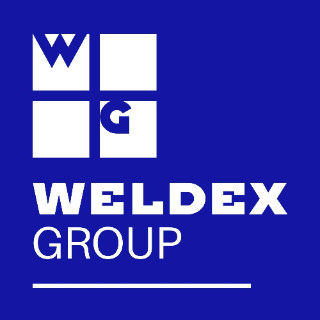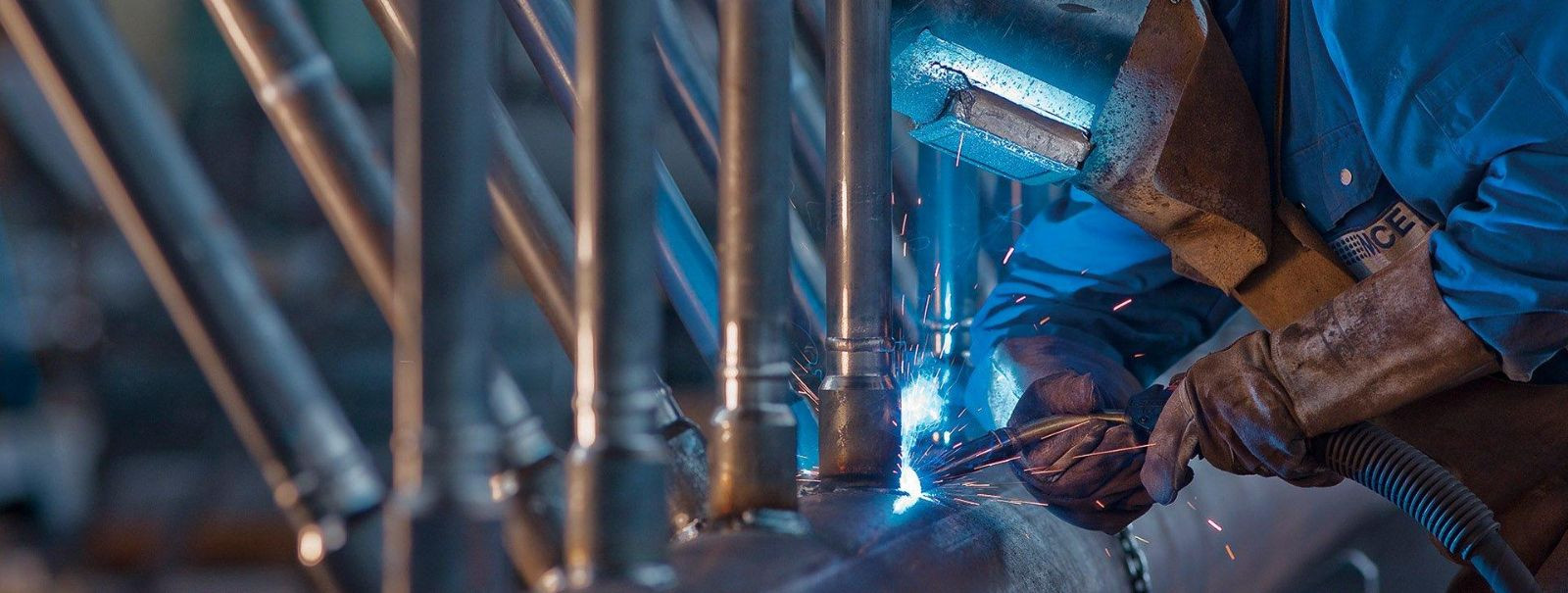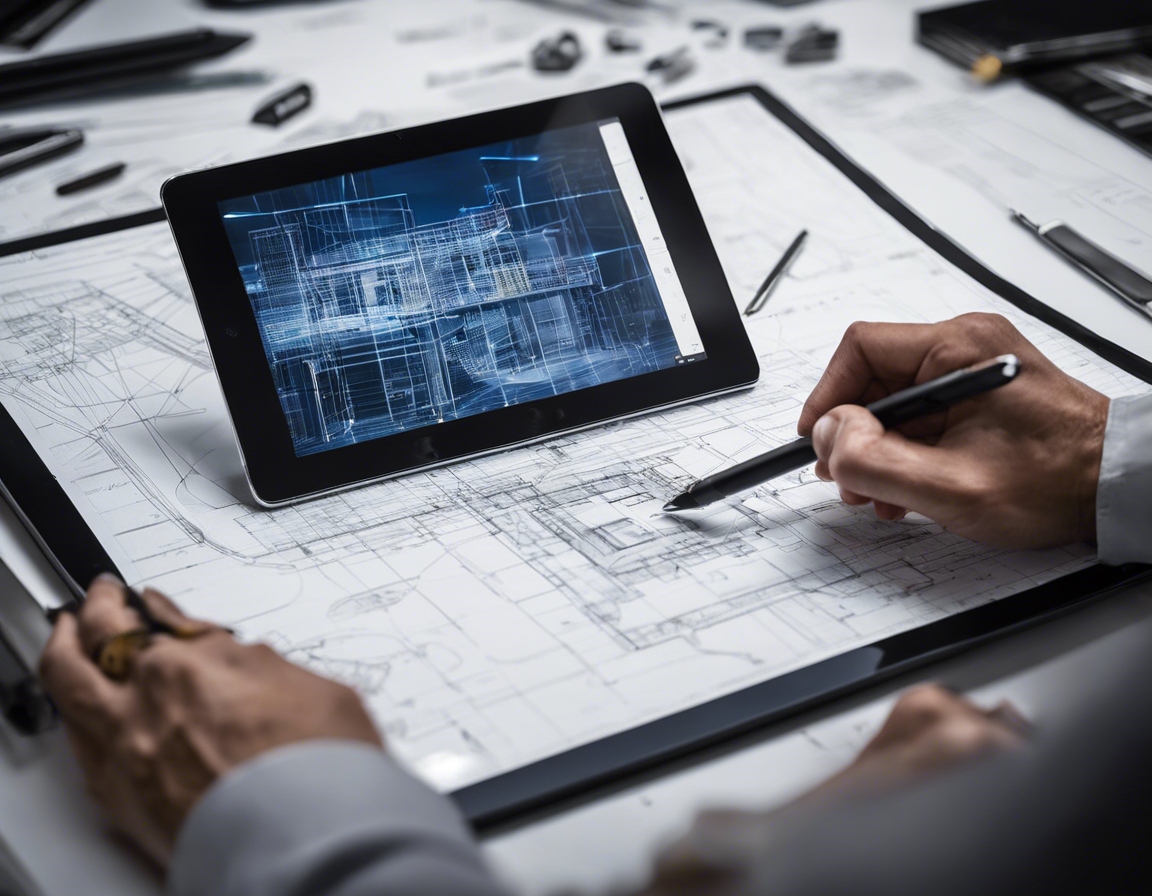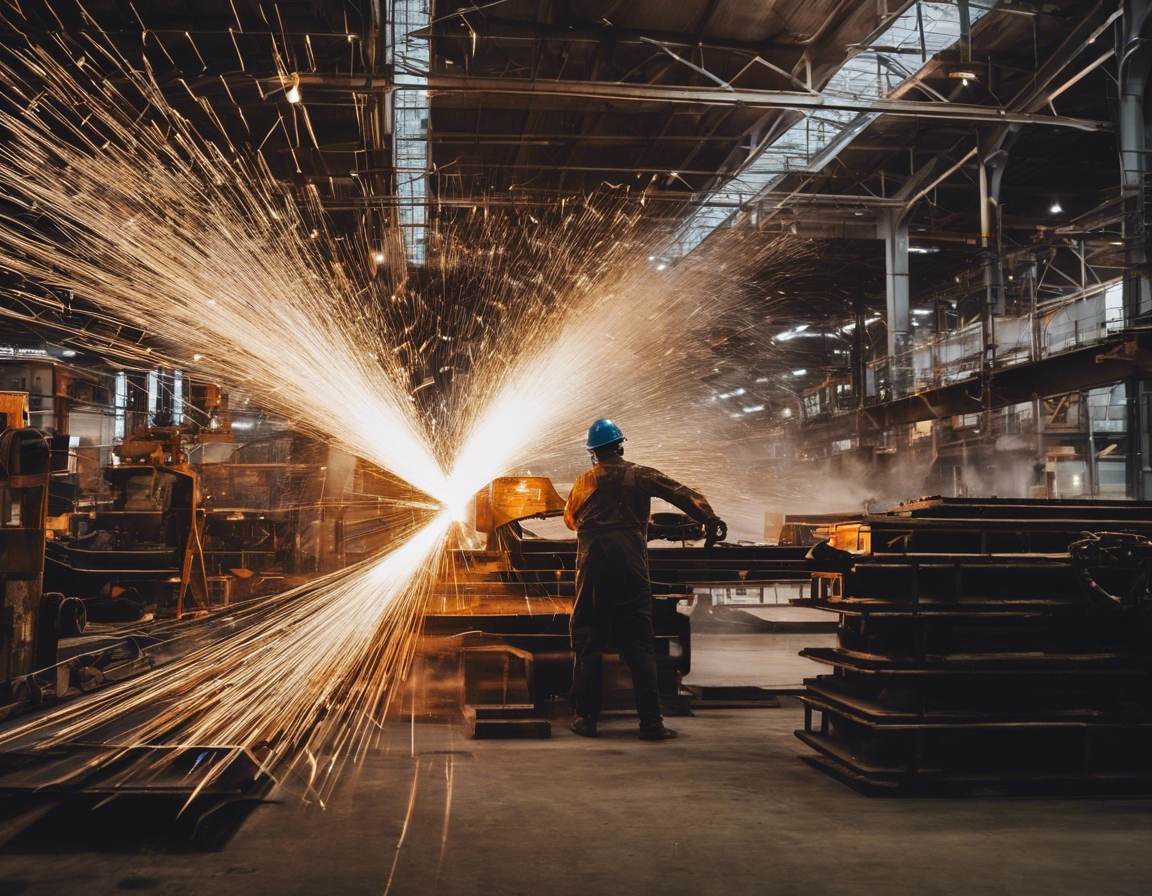Understanding non-destructive inspection of welded connections
Non-Destructive Inspection (NDI), also known as Non-Destructive Testing (NDT), refers to a group of analysis techniques used in science and industry to evaluate the properties of a material, component, or system without causing damage. In the context of welding, NDI is crucial for ensuring the integrity and safety of welded connections, which are fundamental components in various structures and machinery.
Welded connections are ubiquitous in construction and industrial applications, providing the necessary strength and durability for metal structures. They are used in everything from building frameworks to pipelines and heavy machinery. The reliability of these connections is paramount, as failure can lead to catastrophic consequences.
Types of Non-Destructive Inspection Methods
Visual Inspection is the simplest form of NDI, involving a thorough examination of the weld surface for irregularities. It is often the first step in the inspection process and can identify obvious defects such as cracks, porosity, and misalignments.
Ultrasonic Testing uses high-frequency sound waves to detect internal flaws. A transducer directs sound waves into the weld; variations in the sound waves' reflection indicate the presence of defects.
Radiographic Testing involves using X-rays or gamma rays to create an image of the weld's internal structure. This method can reveal hidden flaws such as voids and inclusions.
Magnetic Particle Testing detects surface and near-surface discontinuities in ferromagnetic materials. The presence of a defect is indicated by the accumulation of magnetic particles at the flaw site.
Liquid Penetrant Testing is used to identify surface-breaking defects in non-porous materials. A dye is applied to the weld surface; after a set time, the excess dye is removed, and a developer is applied to draw out the dye from any defects, making them visible.
Eddy Current Testing employs electromagnetic induction to detect flaws in conductive materials. Variations in the eddy current flow are indicative of defects.
Advantages of Non-Destructive Inspection for Welded Connections
NDI methods are essential for verifying that welded connections meet safety standards and regulatory requirements, thereby preventing accidents and ensuring the longevity of structures.
By detecting defects early, NDI helps avoid costly repairs and downtime, making it an efficient solution for quality assurance in welding.
NDI ensures that the materials used maintain their integrity, contributing to the overall reliability of the welded structure.
NDI in the Welding Process
NDI can be performed at various stages of the welding process, from the initial fabrication to regular maintenance checks, to ensure ongoing structural integrity.
Interpreting the results of NDI requires skilled technicians who can accurately identify and assess any detected anomalies.
Regular NDI can identify potential issues before they become major problems, facilitating proactive maintenance and repair.
Choosing the Right NDI Method
Choosing the appropriate NDI method depends on several factors, including the type of material, the nature of the welded connection, and the specific requirements of the project.
While NDI offers many benefits, it also presents challenges such as equipment cost, the need for skilled personnel, and the interpretation of results. Solutions include training, investment in technology, and collaboration with experienced NDI service providers.






Comments (0)